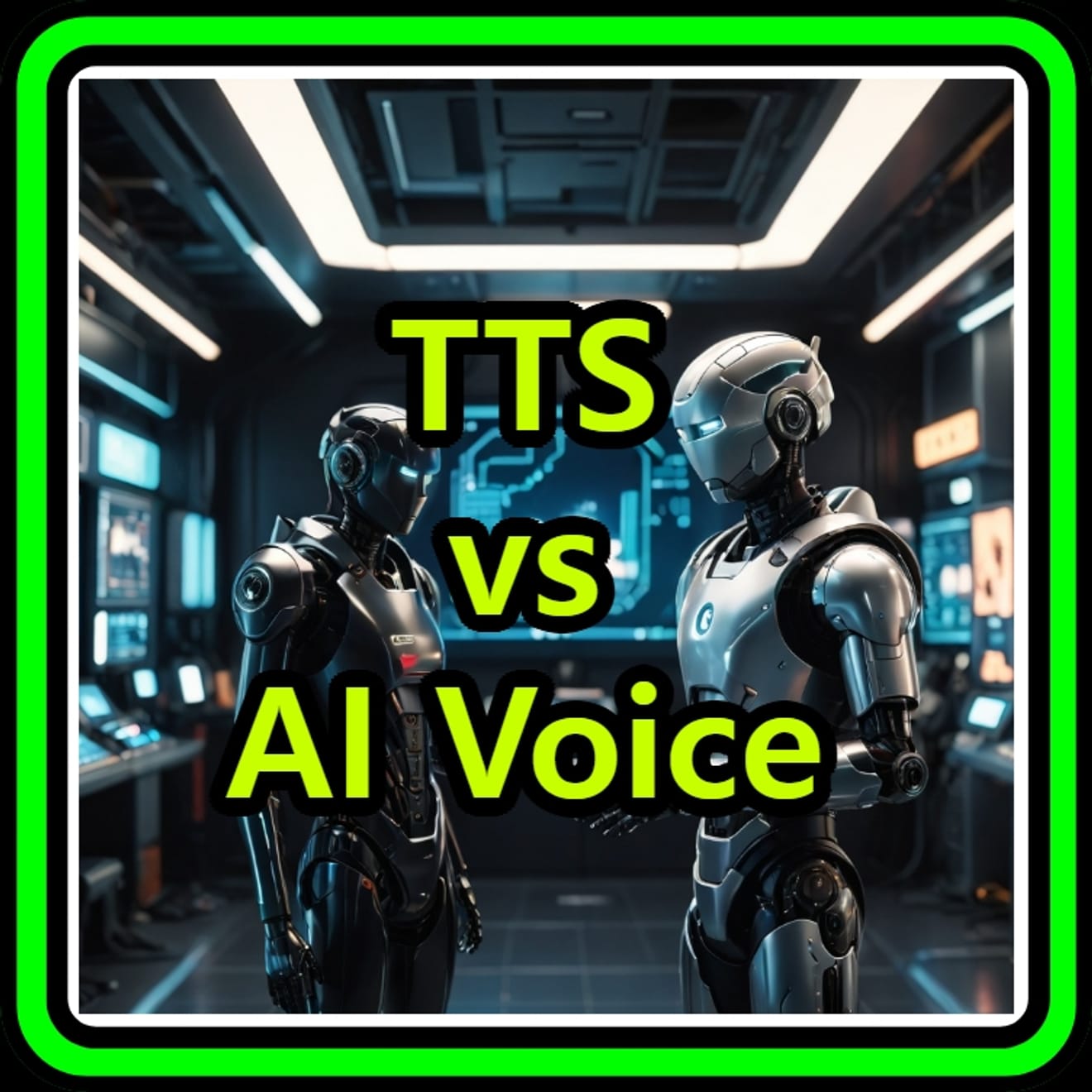- Free Text to Speech & AI Voice Generator | ElevenLabs
- Create the most realistic speech with our AI audio in 1000s of voices and 32 languages. Pioneering research in Text to Speech and AI Voice Generation
The sound revolution has begun!
No more cold, mechanical voices. Voices filled with emotion are here for you.
The technology that transforms text into sound has evolved beyond simple conversion; it's now an art form. The vivid and delicate voices created by AI bring our imagination to life. From text to emotion, we invite you to a new world of voices that perfectly express your story!
The ElevenLabs and Artlist links in this article are my affiliate links.
I receive a certain percentage of commission when you purchase services through these links.
1. What is TTS (Text-to-Speech)?
TTS is the technology that converts text into speech.
A computer reads text and simply outputs a machine voice.
It is mainly used in navigation systems, assistive devices for the visually impaired, and automated response systems to enhance accessibility.
1) TTS Advantages
- It is simple to implement and has low costs.
- It can quickly convert text to speech.
- It can be used in various basic applications.
2) TTS Disadvantages
- The voice is mechanical and lacks emotion.
- Voice customization is difficult and limited.
2. What is AI Voice?
AI voice is a technology that uses artificial intelligence, especially deep learning, to generate more natural and expressive speech.
It can express human-like intonation, emotion, and rhythm, and is widely used in animation, audiobooks, and customer service.
1) AI Voice - Key Features
- Emotional Expression: Adds emotion to the voice for a more natural sound.
- Customization: Allows easy adjustment of timbre, intonation, and language.
- Diverse Industrial Applications: Used in video content, game characters, and educational materials.
2) AI Voice - Disadvantages
- Generating high-quality speech requires high processing speeds and resources.
- The initial implementation cost may be higher than TTS.
3. Key Differences
Let me explain the key differences between TTS and AI voice in more detail:
1) Technology Basis
- TTS (Rule-based model):
- Converts text to speech according to predefined language rules and algorithms.
- Uses fixed patterns such as pronunciation rules and syllable combinations.
- Limited flexibility and insensitive to change.
- AI Voice (Deep learning model):
- Uses neural networks trained on large-scale voice data.
- Can understand context and subtle linguistic nuances.
- Automatically improves voice quality through continuous learning.
2) Naturalness
- TTS (Rule-based model):
- Monotonous and mechanical voice characteristics.
- Lack of emotional expression.
- Flat and uniform intonation.
- AI Voice (Deep learning model):
- Mimics human emotions and nuances.
- Adjusts intonation according to the situation.
- Can express emotions such as joy, sadness, and excitement.
3) Customization
- TTS (Rule-based model):
- Limited pre-recorded voice library.
- Voice changes are difficult and restricted.
- Limitations in changing language and intonation.
- AI Voice (Deep learning model):
- Can learn and generate new voices.
- Can create personalized voices.
- Easy to implement various languages and accents.
- Real-time voice style conversion is possible.
Because of these differences, AI voice technology is evolving beyond simple voice conversion into an emotional and expressive communication tool.
4. ElevenLabs and Artlist: Innovative Examples of AI Voice
1) ElevenLabs
ElevenLabs is an AI voice service that excels in multilingual support and emotional expression.
It supports over 30 languages and is used in various content creations such as games, education, and audiobooks.
- Key Features: Multilingual voice synthesis, voice cloning, and emotional expression.
- Use Cases: Used to enhance the immersion of games or increase audiobook sales.
Try ElevenLabs (Affiliate) - https://try.elevenlabs.io/v3fdndsh8u46
2) Artlist
Artlist is an AI voice generation and dubbing service for creators.
It provides emotional voices suitable for video content and animation.
- Key Features: Customizable voices, support for various languages and accents.
- Use Cases: Differentiated voice branding in video and brand marketing.
5. Introduction to Additional Voice Services
1) Google Cloud Text-to-Speech
Google's AI-based TTS service, offering over 220 voices and supporting over 40 languages.
- Key Features: Multilingual support, real-time voice conversion.
2) Amazon Polly
A voice conversion service provided by AWS, offering more natural speech based on neural networks.
- Key Features: Cost-effective, integration with various applications.
6. Conclusion: The Future of AI Voice
AI voice technology is revolutionizing content creation, moving beyond simply reading text to incorporating emotion and personality into voices.
Leading platforms like ElevenLabs and Artlist are helping creators and businesses communicate in new ways.
With more industries evolving with AI voice technology, don't miss out on this opportunity!
Check out the platforms above if you want to try AI voice.

TTS vs. AI Voice: Meaning, Differences, and Advantages/Disadvantages - ElevenLabs, Artlist
for Shopping Hotdeal and additional information
Passion about How to do these, Tips for Social Media
AI News, AI Service Tools, And News for Creators


Comments0